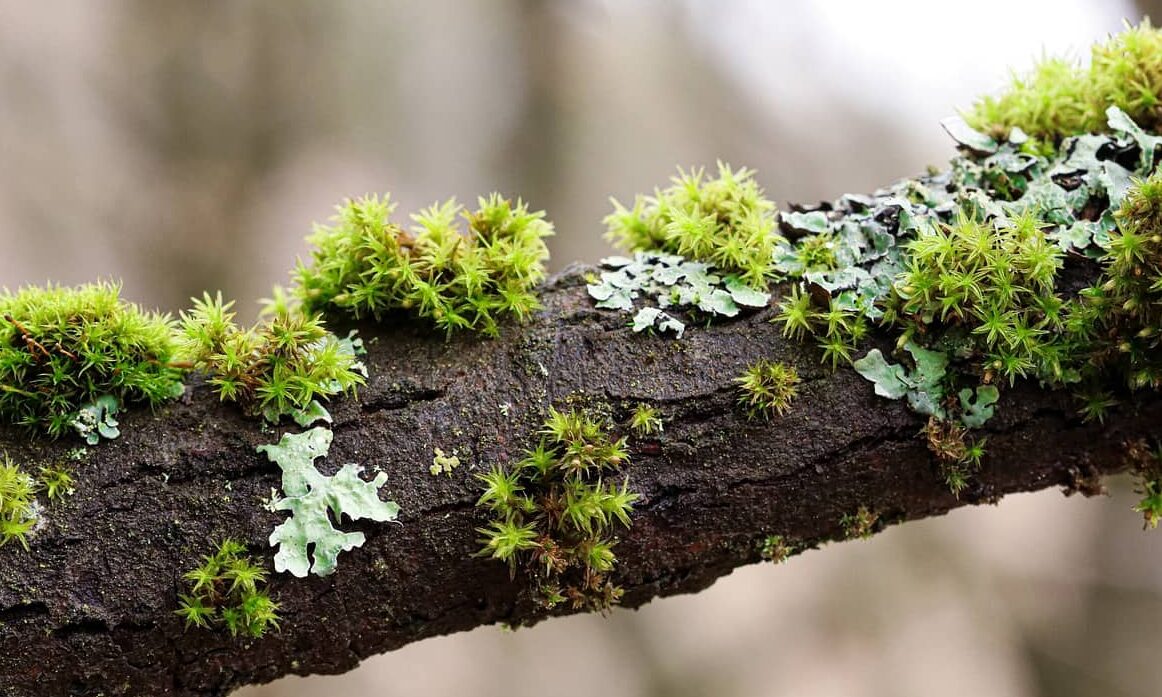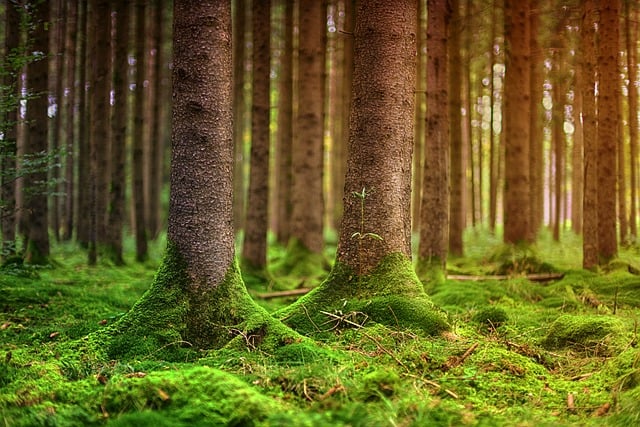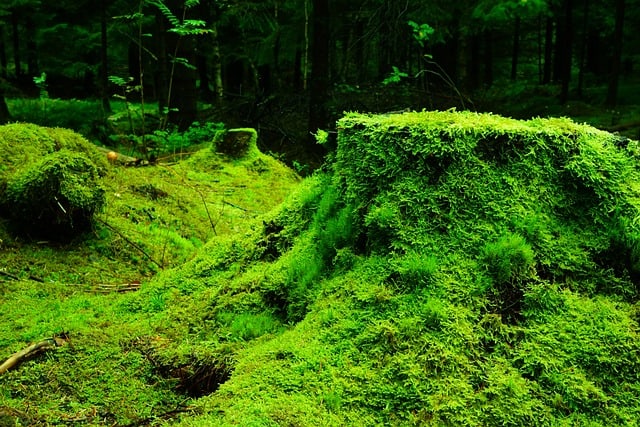
Mosses, Despite being considered a problem by many gardeners who aim to eradicate it, research reveals that moss, the ancient ancestor of all plants can bring multiple advantages to green spaces. Moss can offer erosion protection and even help reduce the impacts of climate change.
A recent study has finally shed light on the critical role of moss in combating climate change and preserving the Earth’s ecosystems and its ability to aid in reducing our carbon emissions.
Mosses are found all over the world and can thrive in various environments, from deserts to polar regions. Despite their global presence, they are often ignored in favor of vascular plants that have been more extensively studied for their role in improving soil, increasing plant diversity, and maintaining ecosystems.
Vascular plants possess both lignified tissues, responsible for water and mineral transportation throughout the plant, and non-lignified tissues which aid in photosynthesis.
In contrast, mosses lack vascular tissues and absorb water and nutrients through their surface. They possess rhizoids, growths that anchor them to the soil surface, in place of true roots.
“Mosses don’t have the plumbing that an ordinary plant has, called a xylem and a phloem, which water moves through” David Eldridge, an ecologist at the University of New South Wales, Australia.
“But moss survives by picking up water from the atmosphere. And some mosses, like the ones in the dry parts of Australia, curl when they get dry, but they don’t die – they live in suspended animation forever. We’ve taken mosses out of a packet after 100 years, squirted them with water and watched them come to life. Their cells don’t disintegrate like ordinary plants do.” says Eldridge.
As their name suggests, soil mosses grow on the surface of the soil and are among the most geographically widespread land plants. However, their impact on ecosystems has rarely been investigated.
A group of scientists from the University of New South Wales Sydney conducted a field study of mosses to date, examining their natural habitat to assess their significance to the planet.

The scientists gathered samples of soil moss from over 123 diverse ecosystems worldwide, ranging from tropical rainforests to arid deserts and icy landscapes.
Their investigations revealed that mosses span an astonishing 3.6 million square miles (9.4 million square kilometers) of the Earth’s surface, a region equivalent in size to Canada or China.
The study found that soil mosses contribute to the soil and surrounding vegetation in 24 ways, including supporting soil biodiversity, aiding nutrient cycling, decomposing organic matter, maintaining microbial populations, and managing soil-borne pathogens.
By comparing soils with and without moss in their study locations, the researchers observed a higher rate of nutrient cycling in soils with moss, enabling the movement of essential elements like nitrogen, phosphorus, and organic matter. Moss also serves as a reservoir for nutrients, including carbon.

Furthermore, the scientists discovered that mosses play a vital role in regulating climate-altering carbon dioxide levels. According to their analysis, soil moss can absorb 7.08 billion tons (6.43 billion tonnes) of carbon dioxide from the atmosphere, a capability that is absent in soils lacking mosses.
David Eldridge explains “So you’ve got all the global emissions from land use change, such as grazing, clearing vegetation and activities associated with agriculture – we think mosses are sucking up six times more carbon dioxide, so it’s not one to one, it’s six times better,”
Eldridge added, “People think if moss is growing on soil it means the soil is sterile or has something wrong with it, But it’s actually doing great things, you know, in terms of the chemistry of the soil, like adding more carbon and nitrogen, as well as being primary stabilizers when you get lots of disturbance.”
The researchers want to find out if mosses can improve soil quality in urban environments as well as they do in natural habitats.
“We are also keen to develop strategies to reintroduce mosses into degraded soils to speed up the regeneration process, Mosses may well provide the perfect vehicle to kick start the recovery of severely degraded urban and natural area soils,” said Eldridge.
Mosses like Sphagnum, Hylocomium, and Ptilium create thick layers of mats and turf. They are crucial for soil biodiversity and maintaining ecosystems, especially in areas where trees cannot grow like deserts and tundras. After events such as volcanic eruptions, moss is one of the first living things to grow back, after cyanobacteria and algae.